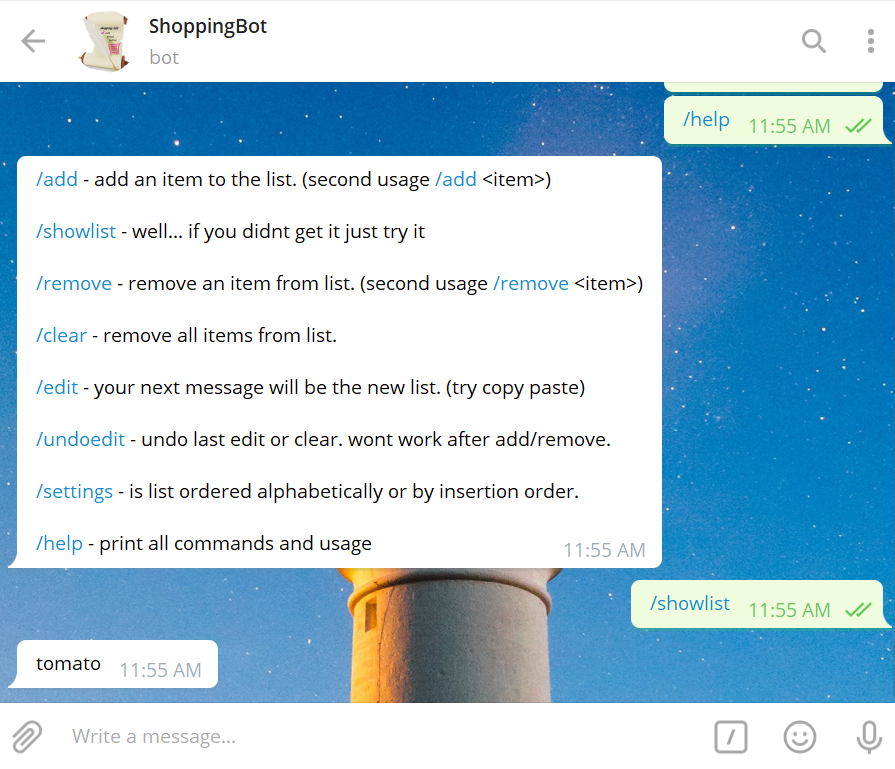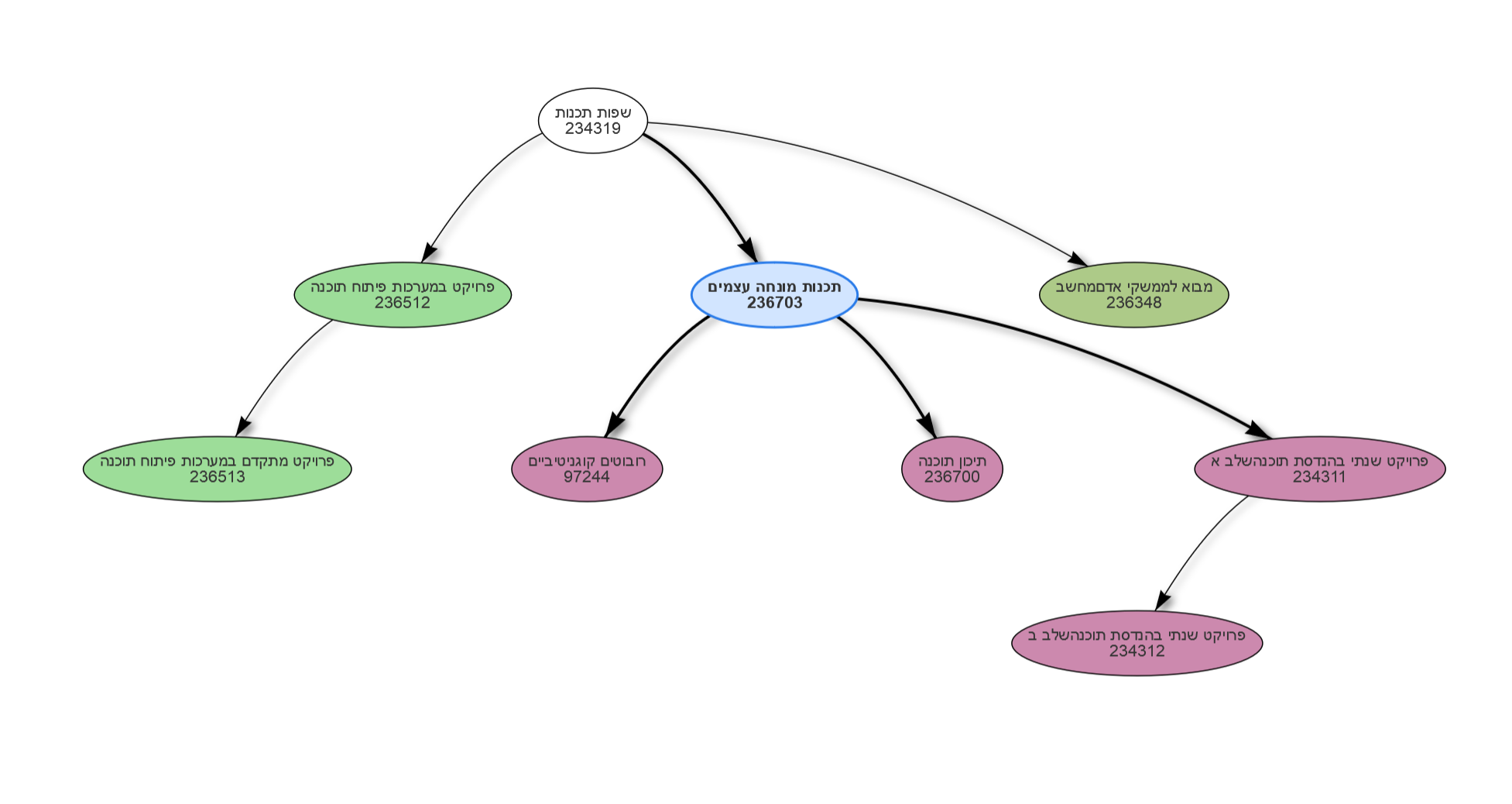about ME
Ph.D. candidate at the Computer Science Department, Technion, Israel
Father of two extraordinary beings and husband to the one who always knows best.
Master of my domain (when I'm home alone).
I really love to build. Whether it's a program, a website, a video game for my daughter, or even a bench for the lobby, each creation is a new source of joy. I also enjoy working on hard computational and mathemaical problems, and to find an elegant solution.
Contact Information





